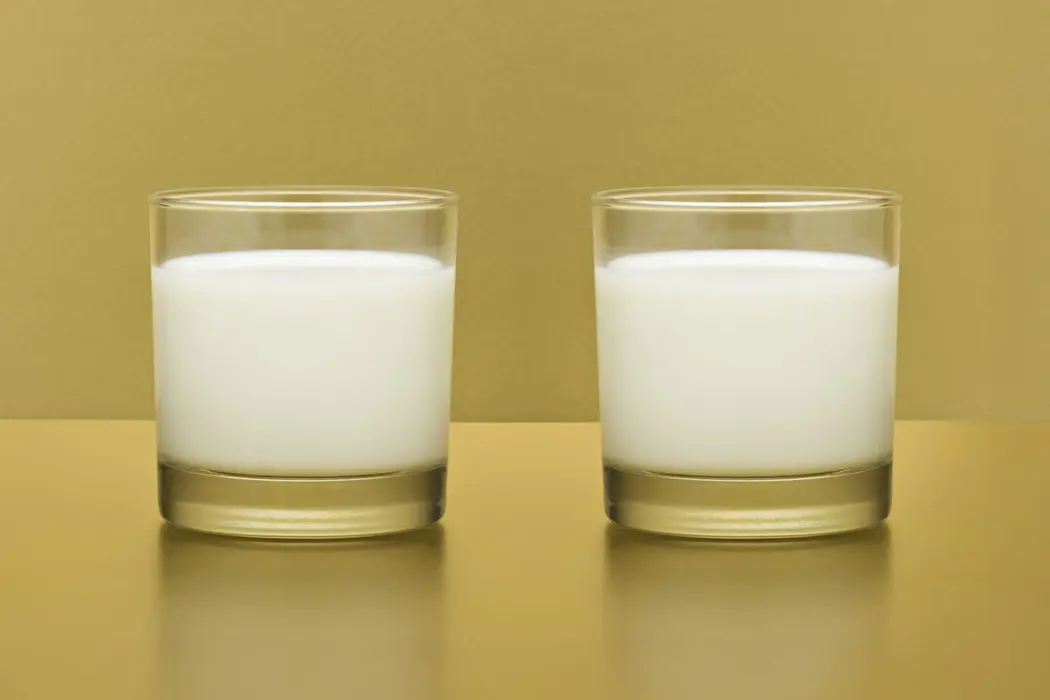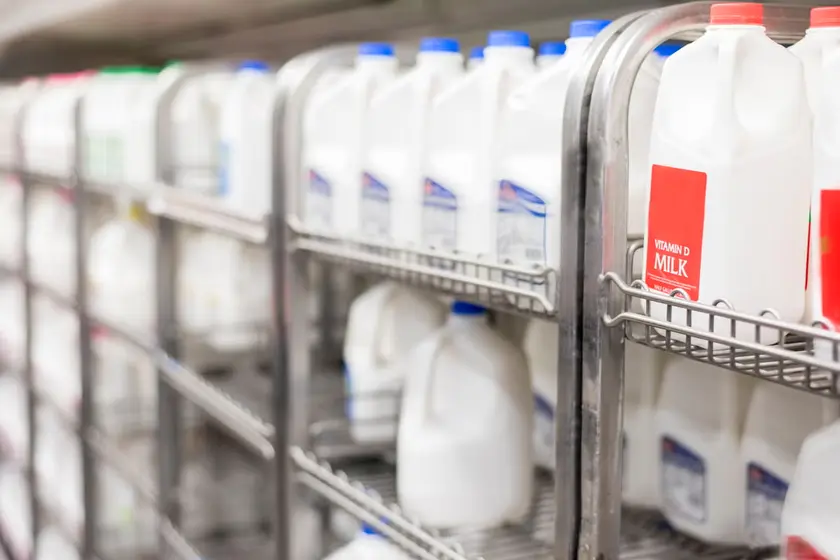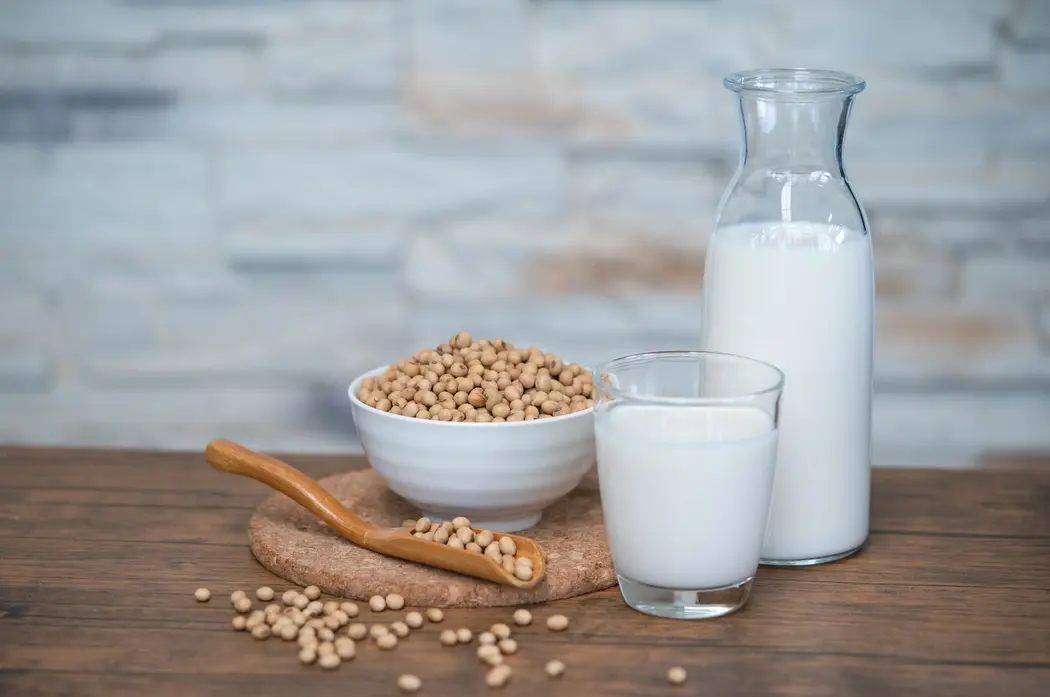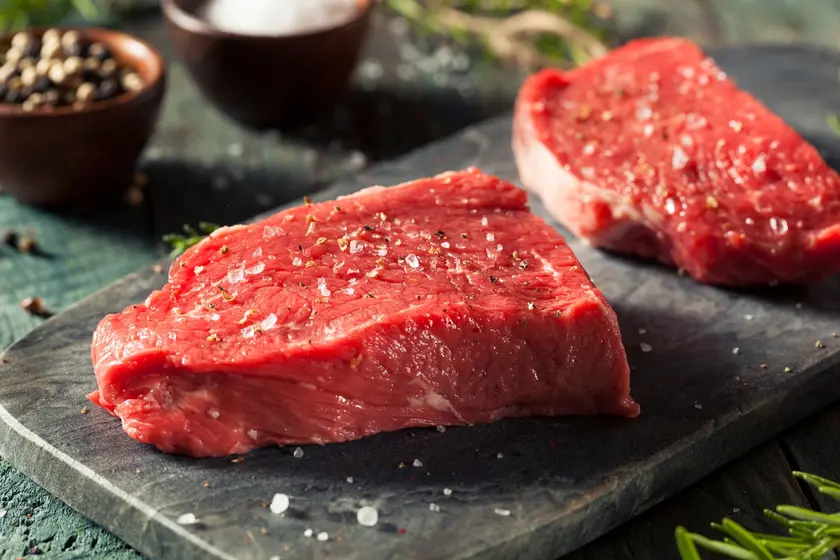T4K3.news
Milk fat debate clarified
Experts say whole milk and 2% share core nutrients with fat content the main difference.

Experts compare whole milk and 2 percent milk to explain how fat content affects nutrients and everyday choices.
Milk Fat Debate Finds Common Ground
New guidance on whole milk versus 2 percent milk shows the difference is mainly fat. Whole milk has about 3.25 percent fat, roughly eight grams per cup and around 150 calories. 2 percent milk carries about 5 grams of fat and 120 calories per cup. Otherwise the calcium and vitamin D levels are very similar, along with protein.
Fat serves several jobs in the body. It helps carry flavor and can make drinks more satisfying, which may reduce how much you drink. Fat also aids the absorption of fat soluble vitamins such as vitamin A and D. Some studies link full fat dairy with heart health when eaten in moderation, challenging the idea that lower fat is always better.
For choosing what to drink, the best option is the one you will enjoy and drink regularly. If you need to limit fat, 2 percent works well. If you love a creamier texture, whole milk can be part of a balanced diet. In all cases the key is overall dietary pattern rather than a single choice.
Key Takeaways
"The healthiest milk choice is the one a person will drink and enjoy."
Dietitian Hilary Walentuk on picking milk
"Whole milk tends to keep people feeling fuller longer because fat slows gastric emptying."
Dr. Michelle Schack on satiety and fat
"All cow milk, regardless of fat content, contains the same 13 essential nutrients per serving."
Walentuk on nutrient parity
"Milk remains one of the most accessible ways to get nutrients."
Walentuk on everyday value
The article presents a clear look at fat content and nutrients, helping readers cut through marketing noise. It places the everyday choice of milk within the larger frame of habitual meals and budget friendly options. This is useful because many people overreact to fat labels without considering overall diet.
The piece also invites readers to question simple dietary rules. Health messaging around dairy fat has shifted in recent years, and the science is nuanced. Readers should weigh personal health goals and consult a trusted clinician when in doubt, rather than following one size fits all guidance.
Highlights
- The healthiest milk choice is the one a person will drink and enjoy.
- Whole milk tends to keep people feeling fuller longer because fat slows gastric emptying.
- All cow milk, regardless of fat content, contains the same 13 essential nutrients per serving.
- Milk remains one of the most accessible ways to get nutrients.
Milk choices should fit your day, not a fear of fat.
Enjoyed this? Let your friends know!
Related News

Study reveals eggs boost bone health

Study links full-fat milk to higher heart disease risk

Goat Milk Shows Promise for Aging Muscles

Health Benefits of Soy Milk Revealed

Sainsbury's remains most expensive supermarket for essentials

Nutritionist advises against daily processed food intake

Starvation crisis worsens for children in Gaza

Vegan Diet Health Debate Finds Nuance
